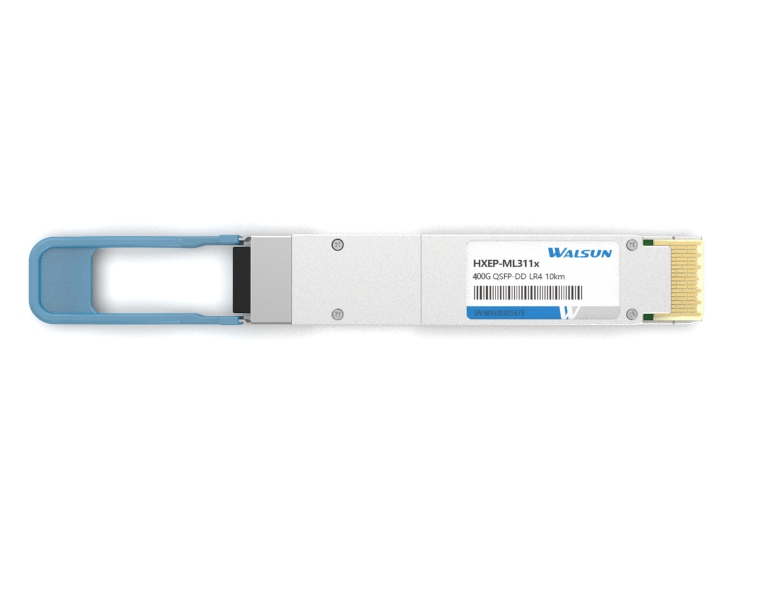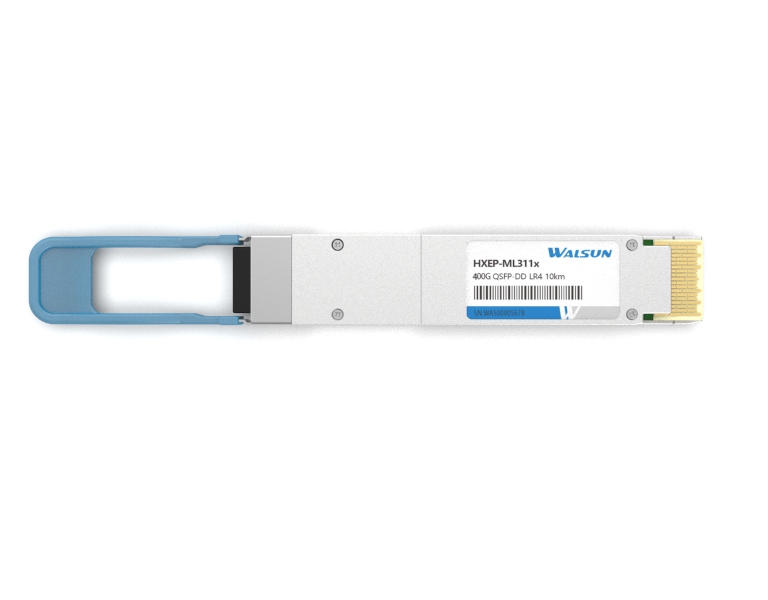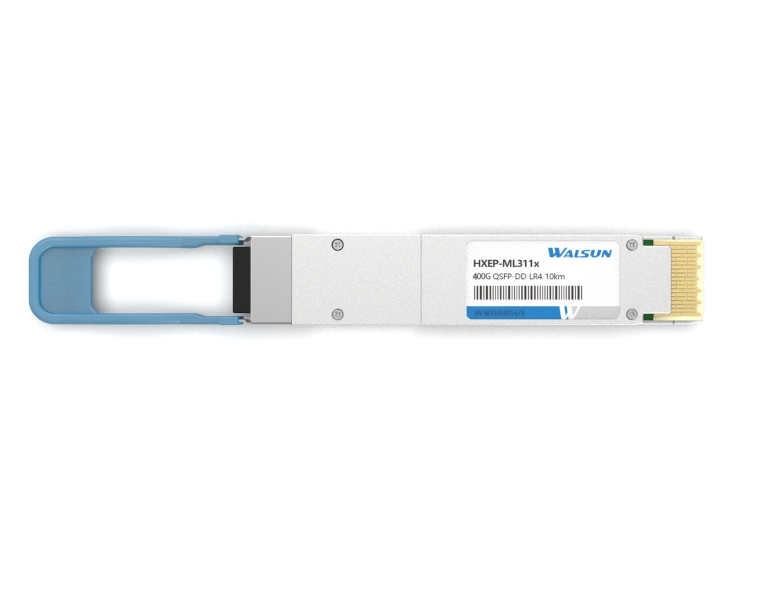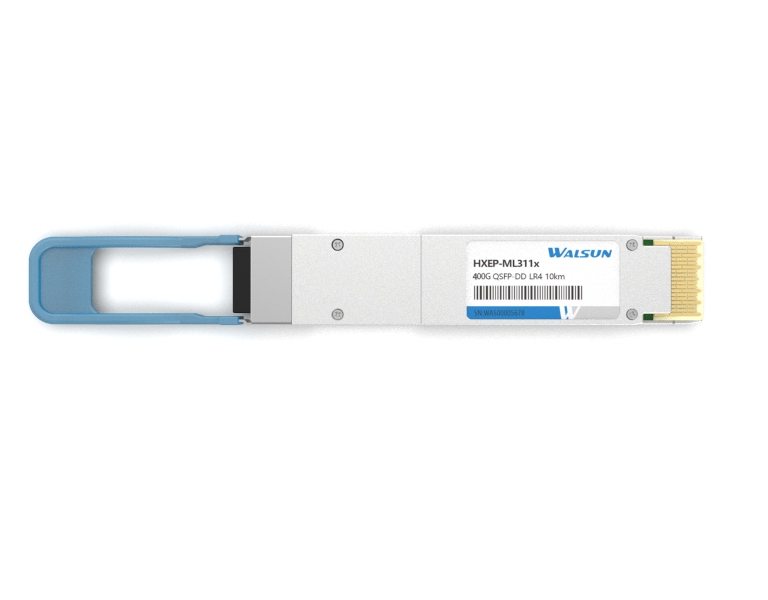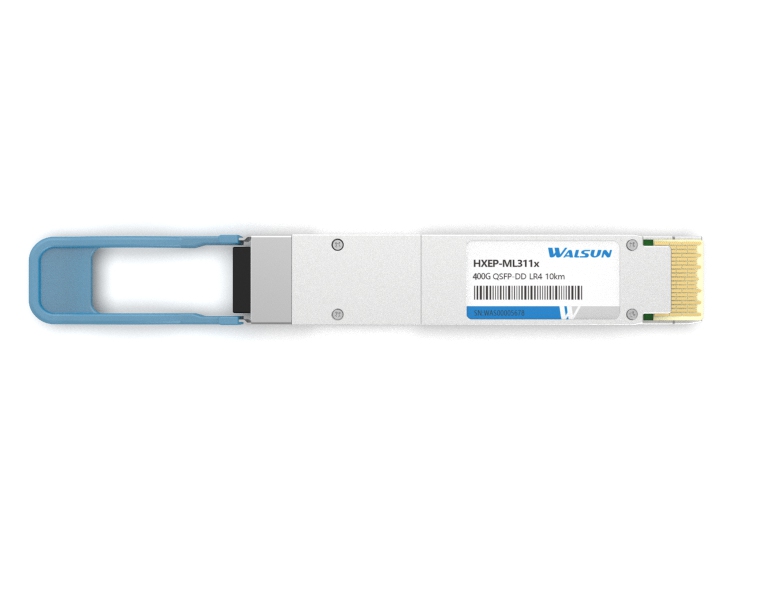PRODUCTS

- A 100g QSFP28 transceiver is a type of high-speed optical transceiver that is designed to support data rates up to 100 gigabits per second (Gbps). It uses a QSFP28 form factor, which is a small, hot-pluggable module that is widely used in data center and telecommunication applications. The transceiver typically uses four lanes of 25 Gbps to achieve the 100 Gbps data rate, and it is commonly used f

- QSFP stands for Quad Small Form-factor Pluggable. It is a compact, hot-pluggable transceiver used for high-speed data communication applications, such as in data centers and telecommunications networks. QSFP transceivers can support multiple data rates and communication protocols, including Ethernet, InfiniBand, and Fibre Channel. Form factor & co908

- QSFP28 (Quad Small Form-factor Pluggable 28) DD (Double Density) are both types of transceiver modules used in high-speed data communication, particularly in networking and data center environments. The main difference between the two lies in their form factor and the number of electrical lanes they support.QSFP28 is a small form-factor transceiver module that supports four lanes of high-speed dat1476

- The main difference between 100G QSFP28 and QSFP56 is the data transfer rate they support.100G QSFP28 (quad small form-factor pluggable) is designed to support data transfer rates of up to 100 Gigabits per second (Gbps) over a single fiber optic cable. It is commonly used for high-speed data center and networking applications.QSFP56, on the other hand, is designed to support data transfer rates of1987

- 100G QSFP (Quad Small Form-factor Pluggable) is a high-speed transceiver module used in data communication and telecommunication networks. It supports data rates of 100 gigabits per second and is commonly used for high-bandwidth applications such as data center networking, cloud computing, and high-performance computing. The QSFP form factor allows for compact and hot-swappable installation, makin1410


 CHS
CHS Walsun Mall
Walsun Mall

